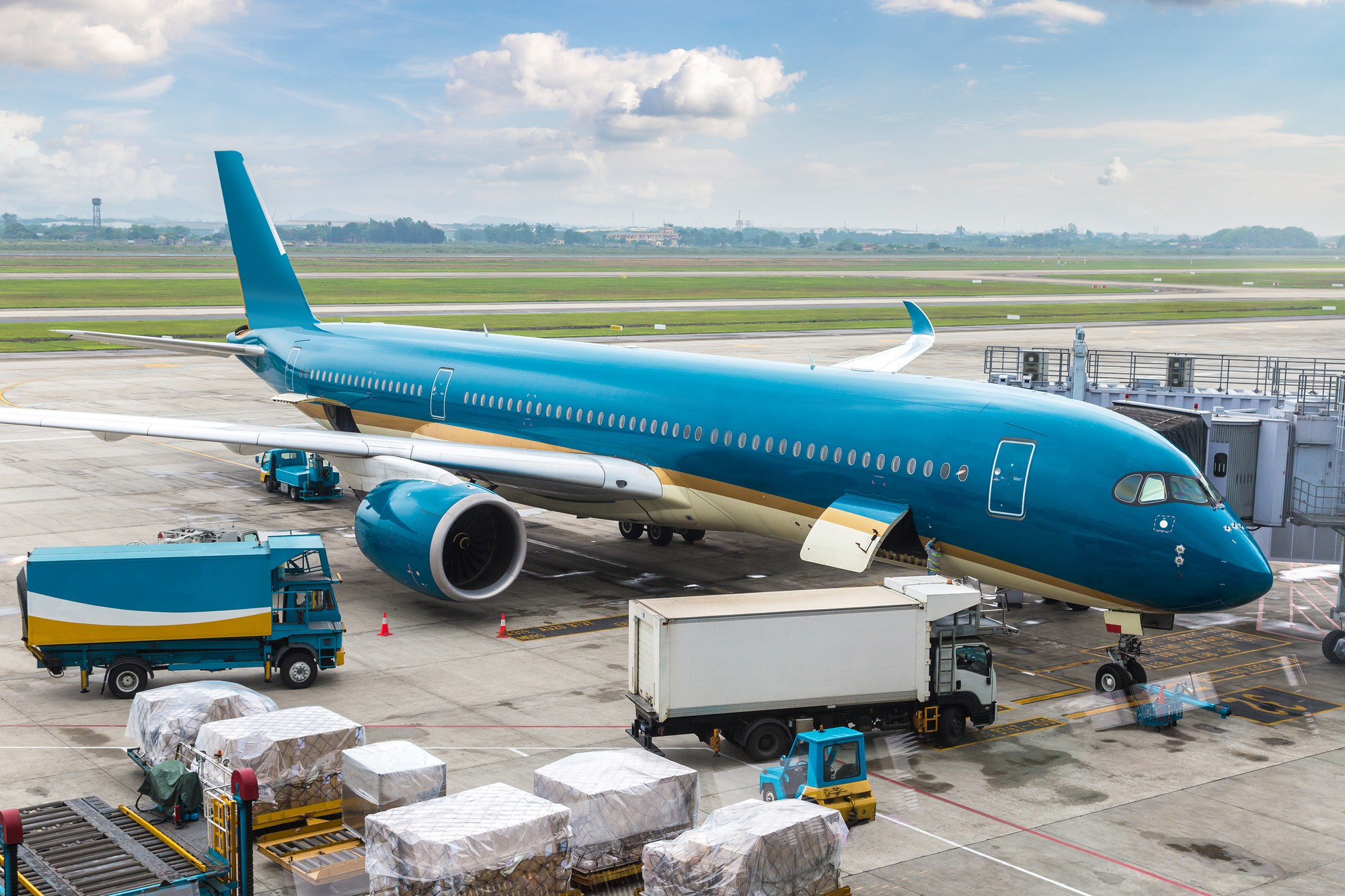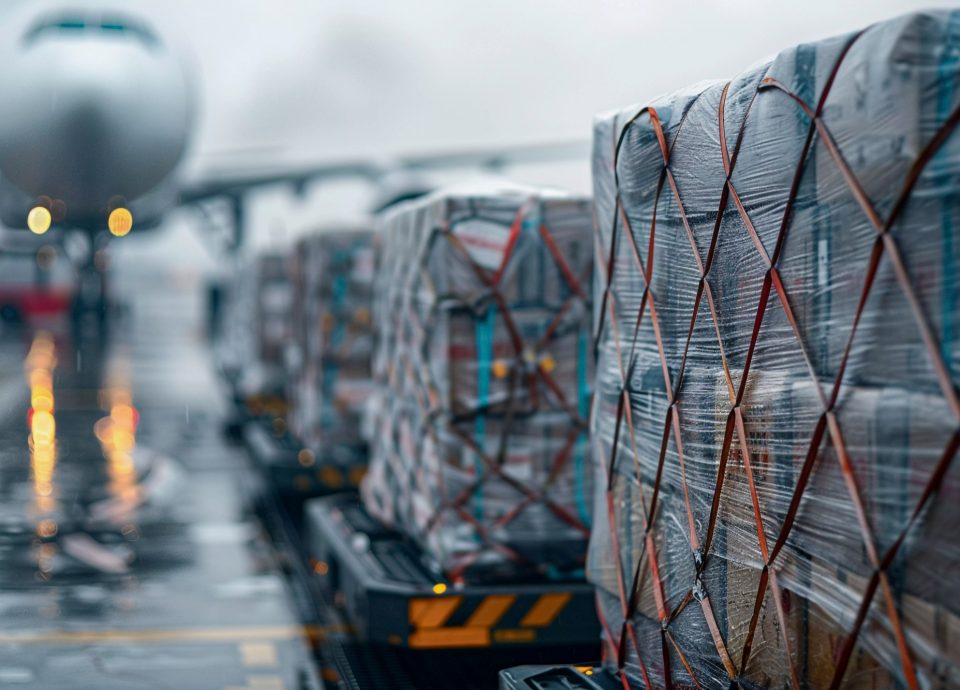Speed has become strategy. In markets where product life cycles shrink, customer expectations rise, and inventory ties up cash, choosing the right mode is no longer a tactical afterthought—it’s a competitive decision. There are moments when only air freight transport can protect revenue, prevent production shutdowns, or preserve the integrity of temperature-sensitive goods. In those moments, minutes matter more than miles.
This guide explains exactly when air freight transport should be your first—and only—choice, how to quantify the value of speed, and what an urgent air move looks like from end to end. It also shows how Sprinter Emergency Transport Inc. orchestrates high-stakes international moves with the precision, visibility, and compliance demanded by mission-critical supply chains.
What Modern Air Freight Transport Really Means
Air freight transport is no longer a simple “put it on a plane” decision. It’s a bundled solution that combines capacity access, regulatory expertise, temperature control, digital visibility, bonded cartage, and customs fluency. The best providers treat each shipment as a project with a clock on it.
The core promise of air freight transport
- Time compression: Intercontinental delivery in 24–96 hours.
- Predictability: Timetables with multiple daily departures through major hubs.
- Security: Fewer handoffs, controlled airport environments, and stringent screening.
- Global reach: Belly capacity on passenger flights plus dedicated freighters to secondary airports.
Where air freight transport outperforms other modes
- When loss of value over time is steep (perishables, events, product launches).
- When delays trigger contractual penalties.
- When cash conversion depends on speed to shelf or speed to service.
The Make-or-Break Scenarios: When Air Freight Transport Is the Only Option
Below are the situations where choosing air freight transport isn’t just smart—it’s essential.
Healthcare and Life Sciences
Pharmaceuticals, biologics, lab reagents, and medical devices often require validated cold-chain, GDP handling, and predictable handoffs.
Why air is mandatory
- Tight viability windows: Some therapies and biological samples degrade hourly.
- Patient safety: Transit deviations can invalidate entire lots.
- Regulatory custody: Compliance documentation is easier to manage with fewer nodes.
Line-Down Manufacturing
When a single missing component halts an assembly line, air freight transport is the cheapest “expensive” option.
What’s at stake
-
Line-down costs: Tens or hundreds of thousands per hour.
-
Ripple effects: Contract penalties, missed delivery windows, and downstream expediting.
Perishables and Cold Chain
Fresh seafood, produce, flowers, and specialty foods depend on air freight transport to beat the clock.
Why air wins
- Short shelf life: Hours, not weeks.
- Quality premiums: Better freshness preserves price and reputation.
High-Value and High-Risk Goods
Electronics, luxury goods, prototypes, and critical spares benefit from the security profile of air freight transport.
Security advantages
- Fewer touches: Less handling equals lower risk.
- Closed environments: Screened cargo and restricted-access areas.
Remote, Landlocked, or Disrupted Destinations
When infrastructure is limited or disrupted, air freight transport can bypass closed ports, damaged roads, or political checkpoints.
Use cases
- Humanitarian relief and disaster response.
- Mining and energy camps.
- Sanctions windows or regulatory cutoffs.
Retail Drops, Events, and Launches
Seasonal collections, store openings, and trade shows are schedule-driven. If you miss the date, value collapses.
Why air is the only option
- Event clocks don’t move.
- Marketing spend depends on inventory arriving on cue.
The Economics: How Air Freight Transport Saves Money by Being Faster
It’s easy to compare mode costs per kilogram and declare air “expensive.” But the right lens is total landed cost and time value, not just rate cards.
Total landed cost framework
- Carriage + handling + brokerage + duties/taxes
- Inventory carrying cost (capital, storage, insurance, obsolescence)
- Revenue timing (speed to invoice, speed to cash)
- Penalty avoidance (SLAs, production downtime, chargebacks)
- Quality retention (perishables, temperature excursions)
Example math (simplified)
-
Air adds $1,800 versus ocean—but saves two weeks of storage ($1,200), avoids a $5,000 line-down penalty, and enables invoicing ten days earlier on $120,000 of goods (cash flow value). Net: air freight transport is cheaper by a wide margin.
When the premium pays for itself
- Launch windows and retail rotations
- Critical spare parts and warranty avoidance
- High shrinkage lanes where security is paramount
The Operational Anatomy of an Urgent Air Move
Understanding each step helps you evaluate partners and compress cycle time.
Pre-alert and capacity booking
A seasoned team pre-advices the airline, secures space (belly or freighter), and plans alternates. This is where air freight transport speed starts—before the truck even arrives.
Handoffs that matter
- Correct dimensions for chargeable weight (dim vs. actual).
- ULD planning for quick build-up.
- Consolidation vs. priority loose freight decisions.
Packaging and preparation
Proper bracing, corner protection, and DG labeling (if applicable) remove rework delays. Temperature-controlled air freight transport may use passive packaging, gel packs, or active containers with data loggers.
Documentation and compliance
- Air Waybill (AWB) accuracy
- Commercial invoice & packing list alignment
- Certificates (origin, MSDS, phytosanitary, as needed)
- Export permits/import licenses where applicable
Security and screening (Canada)
All cargo moving by air in Canada is subject to the Air Cargo Security Program from Transport Canada
Screening readiness (piece-level, tamper-evident) removes bottlenecks and protects your air freight transport timeline.
Customs fluency
Pre-clearance and accurate HS codes accelerate arrival.
The fastest air freight transport plans clearance data before wheels-up.
Arrival, recovery, and last mile
Bonded cartage, appointment control, and white-glove options prevent destination dwell. The clock keeps ticking until POD.
Risk and Resilience in Air Freight Transport
Capacity strategy
A reliable plan blends passenger belly space (frequency) and freighters (flexibility). Peak season resilience depends on your provider’s block-space and charter access.
Disruption playbooks
Weather, ATC restrictions, and labor actions happen. Strong air freight transport partners show their alternates up front—reflight options, gateway switches, and ground expedite bridges.
Data and visibility
Expect live milestones (received, screened, built, departed, arrived, customs, recovered, out for delivery) plus exception alerts. Good data makes air freight transport not just fast, but predictable.13 Speed Levers to Pull This Quarter
- Tender freight earlier in the day to hit more departures.
- Use reusable passive shippers for cold chain to skip dry-ice hazards.
- Pre-file customs entries with complete data before uplift.
- Standardize carton sizes to reduce volumetric surprises.
- Ship split lots on consecutive flights to hedge disruption.
- Put SLAs on screening turn times at origin.
- Use priority loose instead of consolidation for true emergencies.
- Co-load with compatible commodities to unlock earlier flights.
- Stage bonded cartage before aircraft arrival.
- Share ASN data with consignees to prep receiving docks.
- Map alternates via nearby hubs for weather seasons.
- Keep emergency AWB templates pre-approved.
- Maintain a “go-bag” of DG labels and documents at origin sites.
Each tactic trims minutes that add up to hours across your air freight transport cycle.
Sustainability and Air Freight Transport
A common critique is emissions intensity. Modern strategies reduce impact without sacrificing speed.
Practical improvements
- Higher load factors via consolidation programs
- Fleet mix with newer aircraft and SAF participation
- Routing that avoids high-dwell hubs
- Data reporting (CO₂e per shipment) to guide reductions
Sustainability is a design choice; air freight transport can be part of a responsible logistics portfolio.
How to Choose Your Partner for High-Stakes Air Moves
Certifications and competence
Look for IATA accreditation, pharma/temperature credentials (e.g., CEIV), and audited security practices. Your freight by air partner must speak DG and lithium battery rules fluently.
24/7 real operations (not just sales)
Insist on a named escalation manager, true after-hours coverage, and a documented recovery plan. Ask for recent case studies where they salvaged a compromised move.
Tech and transparency
Real-time tracking, API/EDI connections to your ERP/TMS, exception alerts, and KPI scorecards are now table stakes for freight by air.
Why Choose Sprinter Emergency Transport Inc.
Sprinter Emergency Transport Inc. exists for the moments when speed is the only strategy. We design, execute, and recover urgent international moves with a bias for action and a commitment to transparency.
What you can expect from us
- Capacity when it counts: Access to priority belly space, freighters, and charters across major carriers.
- 24/7 orchestration: Live operations with named contacts and rapid escalation.
- Compliance built-in: DG, lithium batteries, and pharma handled by trained specialists.
- Cold-chain excellence: Passive/active solutions, data loggers, and chain-of-custody control.
- Visibility without friction: API/EDI feeds, milestone scans, and proactive exception alerts.
- No-surprise billing: Itemized quotes that match the invoice—every time.
- End-to-end control: Bonded cartage, white-glove delivery, and customs coordination to shorten total air freight transport cycle time.
If the clock is ticking and failure isn’t an option, our team treats your deadline like our own.
Where Air Freight Transport Pays for Itself
A. Line-Down Auto Plant
A $60,000 per hour shutdown risk is neutralized by a $9,800 next-flight-out move. Air freight transport saves millions in lost output and penalties.
B. Cold-Chain Biologics
Lot stability expires in 72 hours. A 48-hour lane with active containers and pre-arrival clearance preserves product validity and patient outcomes.
C. Global Store Launch
Retail rollout hits 58 stores on time because air freight transport beats customs backups with pre-filed entries and staggered uplifts.
When Minutes Matter, Air Freight Transport Is Strategy
Some shipments can coast. Others can’t. If delay erodes value, threatens a production line, or risks patient outcomes, air freight transport is not a luxury—it’s the plan. It preserves revenue, protects reputation, and converts opportunity with a precision other modes can’t match.
Sprinter Emergency Transport Inc. is built for those moments. Tell us your lane, deadline, and constraints, and we’ll design the fastest, cleanest path from pickup to POD—complete with compliance, visibility, and contingency baked in.
Need an urgent solution now? Contact Sprinter Emergency Transport Inc. for a rapid assessment and a flight-ready plan within hours.
Frequently Asked Questions (FAQs)
1) When is air freight transport truly the only viable choice?
Choose air freight transport when delay destroys value—life sciences, perishables, line-down parts, hard event dates, or high-shrink commodities in challenging corridors.
2) How can air freight transport reduce total cost despite higher rates?
By cutting inventory carrying cost, preventing downtime penalties, protecting quality, and speeding invoicing, air freight transport often lowers total landed cost.
3) What documents do I need for international air freight transport?
At minimum: commercial invoice, packing list, Air Waybill, and any required certificates or licenses. Accurate HS codes and consistent values are critical for air freight transport.
4) Can fragile or temperature-sensitive goods move safely via air freight transport?
Yes—using validated packaging, passive/active containers, and compliant handling procedures, air freight transport protects sensitive cargo end to end.
5) How do I avoid delays in air freight transport customs clearance?
Pre-file entries, ensure data accuracy, align Incoterms, and coordinate with a broker who works closely with your air freight transport provider at origin and destination.
6) What visibility should I expect during air freight transport?
Milestones from receipt through delivery—screened, built, departed, arrived, customs status, recovered, and POD—plus exception alerts tied to your air freight transport SLA.
7) How fast can Sprinter Emergency Transport Inc. launch an urgent air freight transport move?
In most major gateways, we can collect, screen, and uplift on the next viable departure the same day, with alternates prepared if the initial air freight transport plan is disrupted.




